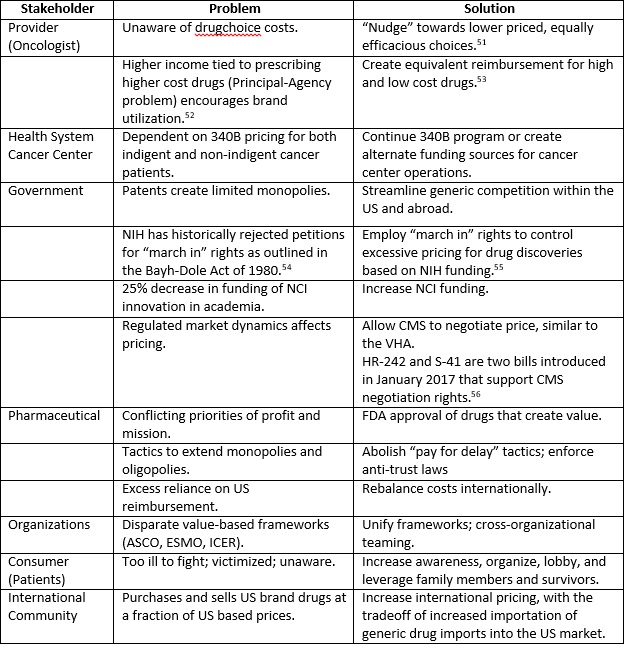Physical dependence can happen with the routine (day-to-day or nearly day-to-day) use of any substance, legal or unlawful, even when taken as prescribed. It happens since the body naturally adjusts to routine exposure to a substance (e. g., caffeine or a prescription drug). When that substance is removed, (even if originally prescribed by a medical professional) signs can emerge while the body re-adjusts to the loss of the compound.
Tolerance is the requirement to take greater dosages of a drug to get the very same impact. why drug addiction is a disease. It typically accompanies reliance, and it can be tough to distinguish the two. Addiction is a chronic condition identified by drug seeking and use that is compulsive, regardless of unfavorable repercussions. Nearly all addicting drugs directly or indirectly target the brain's benefit system by flooding the circuit with dopamine.
When activated at typical levels, this system rewards our natural behaviors. Overstimulating the system with drugs, nevertheless, produces effects which strongly enhance the habits of drug use, teaching the individual to repeat it. The preliminary choice to take drugs is usually voluntary. However, with continued usage, an individual's capability to put in self-control can become seriously impaired - how to treat drug addiction at home.
Researchers think that these modifications Alcohol Rehab Facility change the way the brain works and might help describe the compulsive and devastating habits of an individual who Substance Abuse Center ends up being addicted. Yes. Dependency is a treatable, persistent condition that can be managed effectively. Research reveals that integrating behavior modification with medications, if offered, is the best way to guarantee success for the majority of patients.
Indicators on What Is Drug Addiction? You Should Know
Treatment methods should be tailored to attend to each patient's drug usage patterns and drug-related medical, psychiatric, ecological, and social issues. Relapse rates for clients with substance use disorders are compared with those suffering from https://diigo.com/0kedai hypertension and asthma. Relapse prevails and similar throughout these health problems (as is adherence to medication).
Source: McLellan et al., JAMA, 284:16891695, 2000. No. The chronic nature of dependency means that relapsing to drug usage is not just possible however likewise most likely. Relapse rates are comparable to those for other well-characterized persistent medical illnesses such as hypertension and asthma, which likewise have both physiological and behavioral elements.
Treatment of persistent diseases includes altering deeply imbedded habits. Lapses back to drug use indicate that treatment needs to be renewed or changed, or that alternate treatment is required. No single treatment is right for everyone, and treatment suppliers need to choose an optimal treatment strategy in consultation with the private patient and must consider the patient's distinct history and circumstance.
The rate of drug overdose deaths involving artificial opioids other than methadone doubled from 3. 1 per 100,000 in 2015 to 6. 2 in 2016, with about half of all overdose deaths being related to the artificial opioid fentanyl, which is inexpensive to get and contributed to a variety of illegal drugs.

Fascination About How To Help My Husband With Drug Addiction

If opium were the only drug of abuse and if the only type of abuse were one of regular, compulsive use, conversation of addiction might be a basic matter. But opium is not the only drug of abuse, and there are most likely as many type of abuse as there are drugs to abuse or, certainly, as possibly there are individuals who abuse.
Bias and lack of knowledge have actually led to the labelling of all usage of nonsanctioned drugs as addiction and of all drugs, when misused, as narcotics. The continued practice of dealing with addiction as a single entity is determined by custom and law, not by the facts of addiction. The tradition of equating drug abuse with narcotic addiction initially had some basis in fact.
Then numerous alkaloids of opium, such as morphine and heroin, were isolated and introduced into usage. Being the more active principles of opium, their addictions were simply more severe. Later on, drugs such as methadone and Demerol were synthesized however their effects were still sufficiently similar to those of opium and its derivatives to be consisted of in the older concept of dependency.
Then came numerous tranquilizers, stimulants, new and old hallucinogens, and the numerous combinations of each. At this point, the unitary consideration of addiction became illogical. Legal attempts at control frequently required the inclusion of some nonaddicting drugs into old, recognized categoriessuch as the practice of calling cannabis a narcotic. Problems also arose in trying to widen dependency to consist of habituation and, lastly, substance abuse.
A Biased View of What Is The Difference Between Drug Abuse And Drug Addiction
Raw opium. Erik Fenderson Common misunderstandings concerning drug addiction have generally caused bewilderment whenever serious efforts were made to separate states of dependency or degrees of abuse. For several years, a popular misunderstanding was the stereotype that a drug user is a socially inappropriate bad guy. The carryover of this conception from years previous is simple to understand however not really simple to accept today.
Lots of substances can acting upon a biological system, and whether a particular substance becomes thought about a drug of abuse depends in big step upon whether it can eliciting a "druglike" impact that is valued by the user. For this reason, a compound's attribute as a drug is imparted to it by utilize.
The same could be encompassed cover tea, chocolates, or powdered sugar, if society wanted to use and consider them that way. The task of specifying dependency, then, is the job of having the ability to compare opium and powdered sugar while at the exact same time having the ability to embrace the reality that both can be subject to abuse.
This type of reference would still leave unanswered numerous questions of schedule, public sanction, and other considerations that lead people to value and abuse one kind of effect rather than another at a particular minute in history, but it does a minimum of acknowledge that drug dependency is not a unitary condition.
Fascination About How To Combat Drug Addiction
Some understanding of these physiological impacts is necessary in order to appreciate the problems that are come across in attempting to include all drugs under a single meaning that takes as its model opium. Tolerance is a physiological phenomenon that needs the individual to use more and more of the drug in repeated efforts to achieve the very same result.
Although opiates are the model, a broad variety of drugs elicit the phenomenon of tolerance, and drugs differ considerably in their ability to establish tolerance. Opium derivatives rapidly produce a high level of tolerance; alcohol and the barbiturates an extremely low level of tolerance. Tolerance is particular for morphine and heroin and, consequently, is thought about a cardinal quality of narcotic dependency.
This phase is soon followed by a loss of impacts, both desired and unwanted. Each brand-new level quickly decreases results up until the private comes to a very high level of drug with a likewise high level of tolerance. Humans can become practically totally tolerant to 5,000 mg of morphine each day, even though a "typical" scientifically effective dosage for the relief of discomfort would fall in the series of 5 to 20 mg.
Tolerance for a drug may be completely independent of the drug's capability to produce physical reliance. There is no completely acceptable explanation for physical dependence. It is believed to be connected with central-nervous-system depressants, although the difference between depressants and stimulants is not as clear as it was as soon as thought to be.